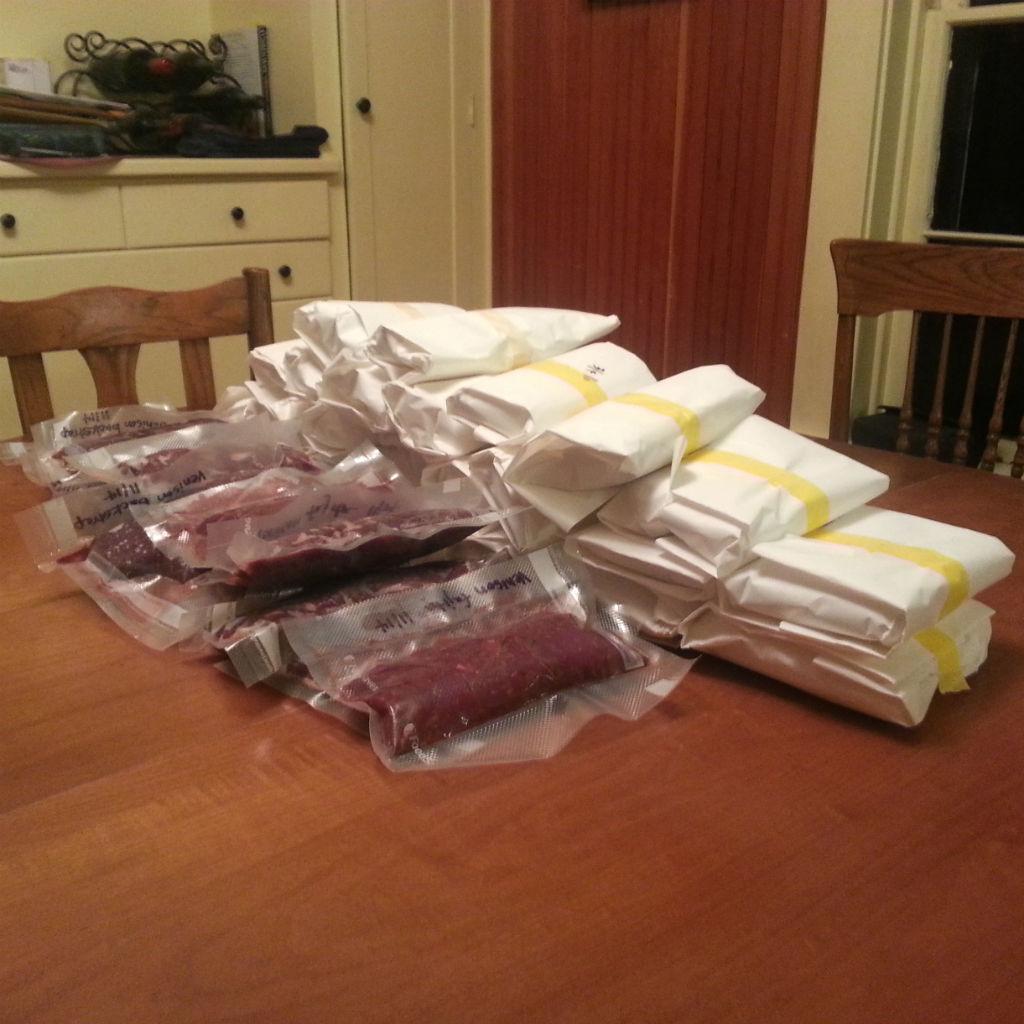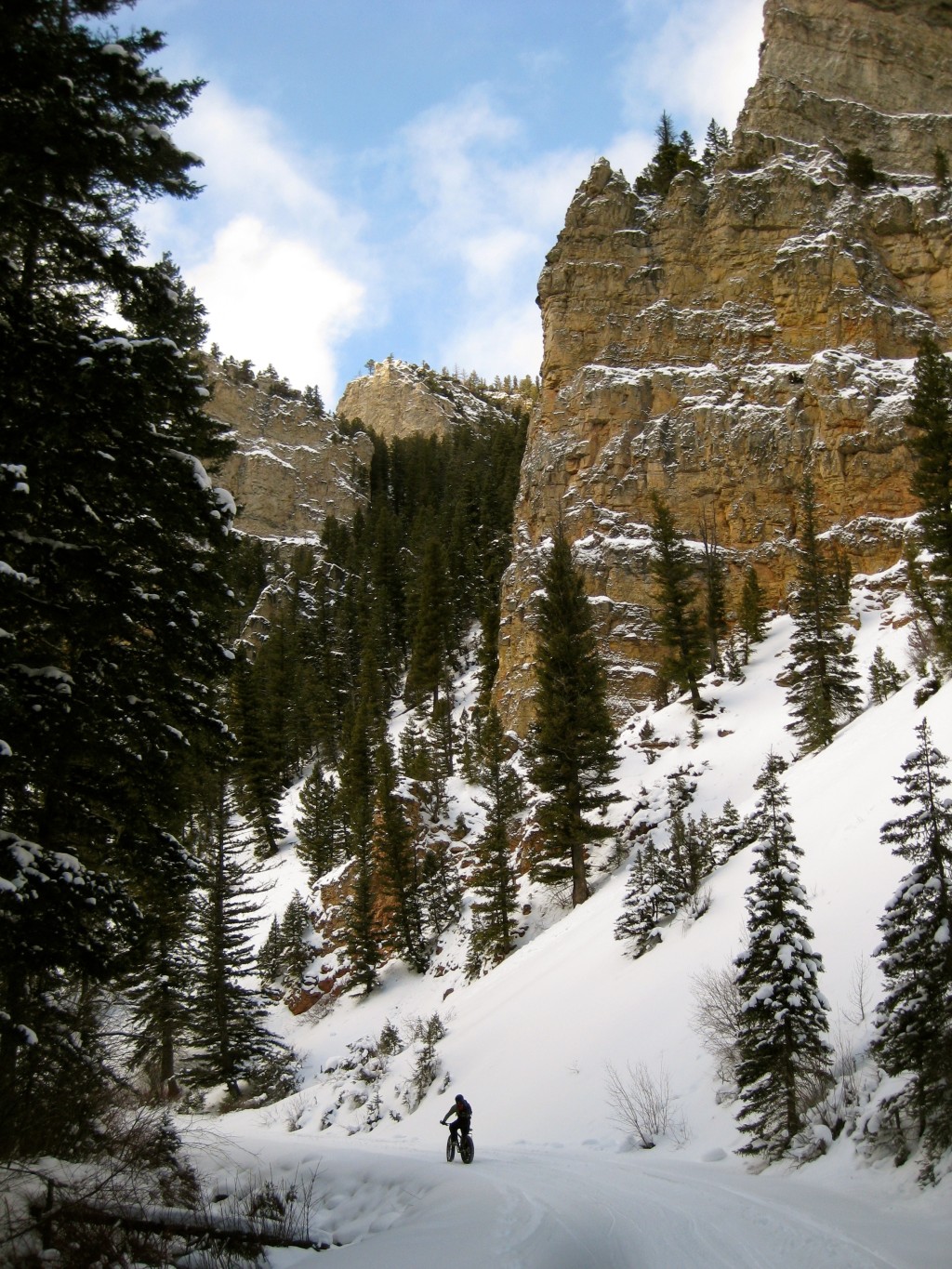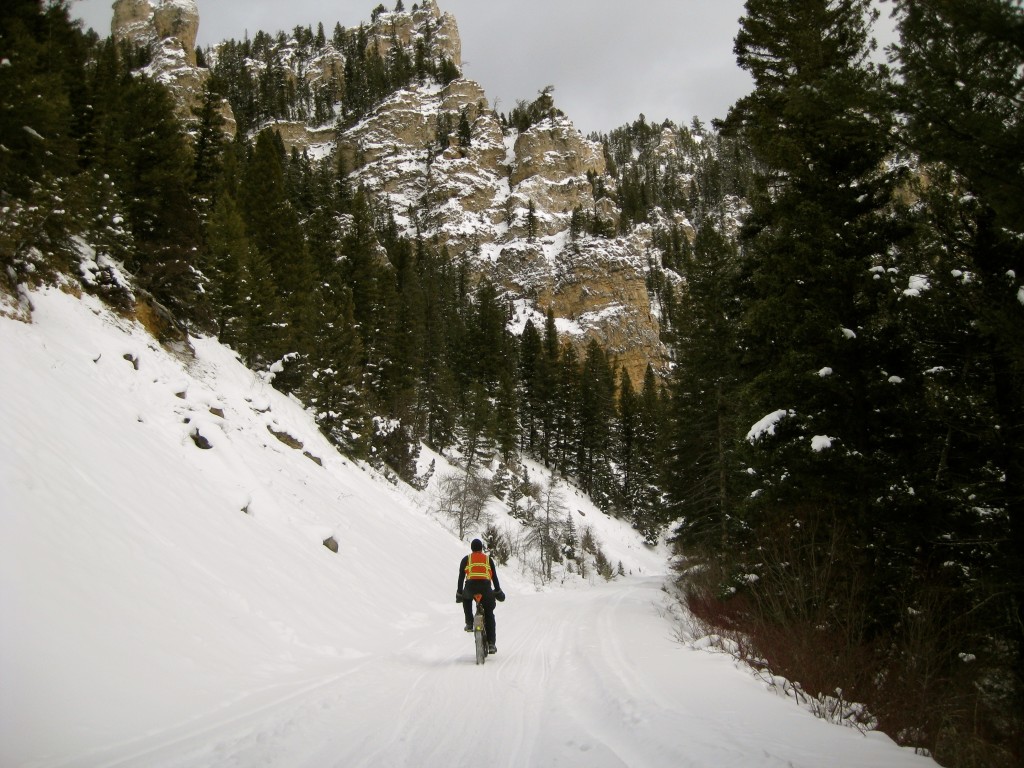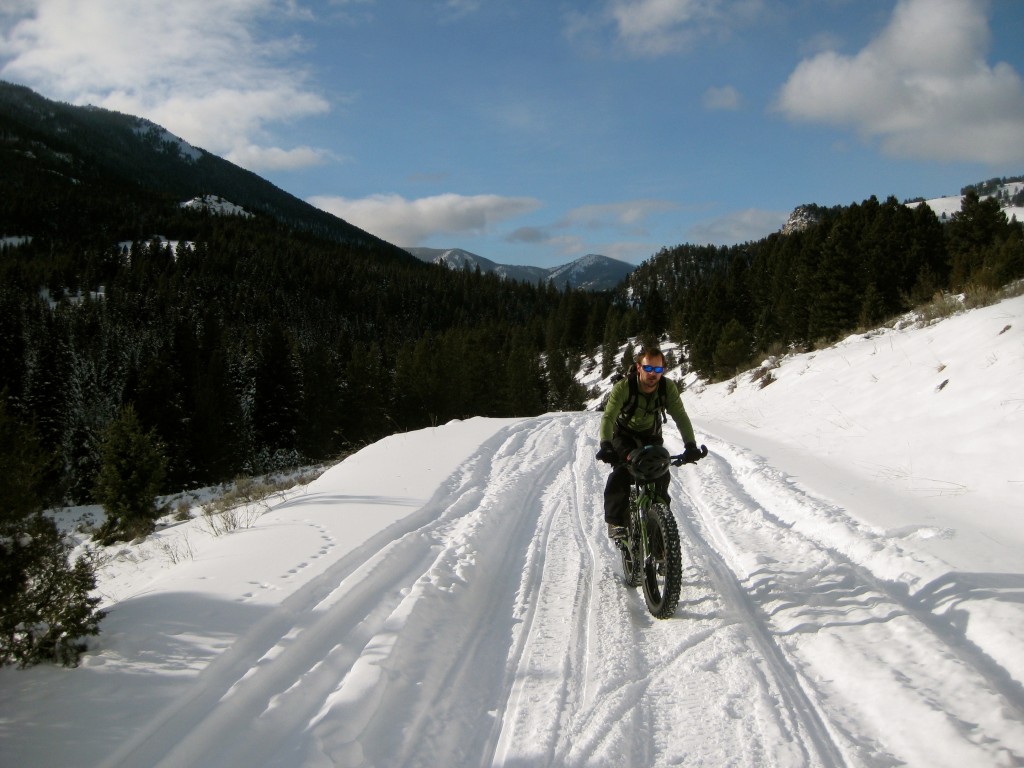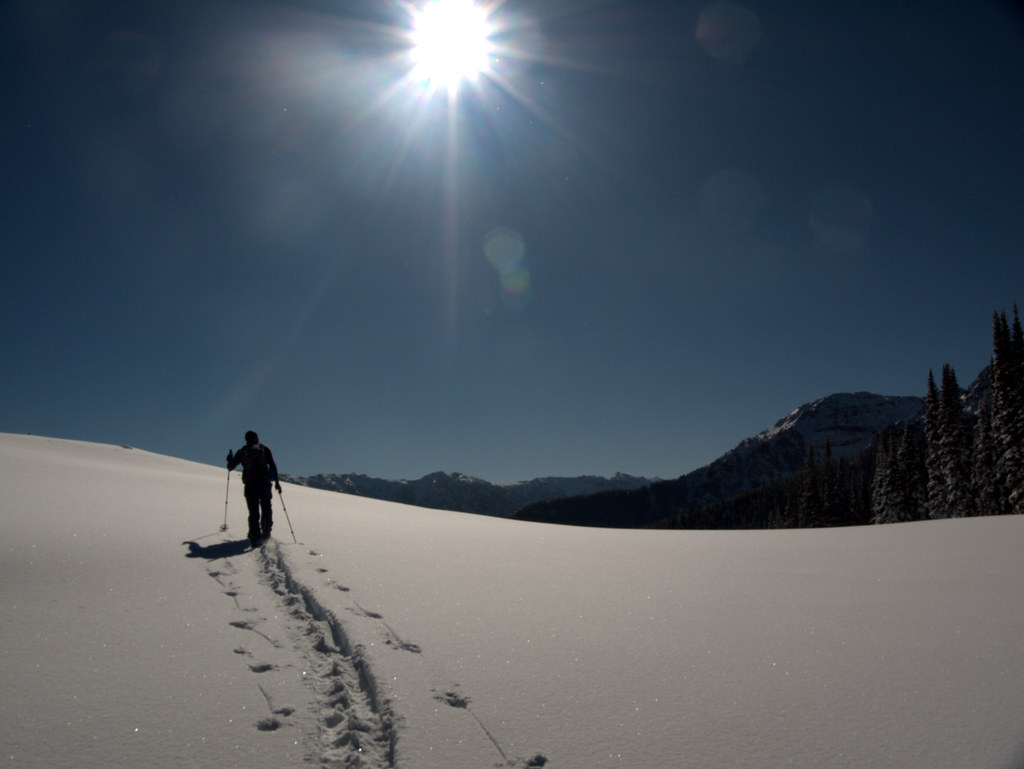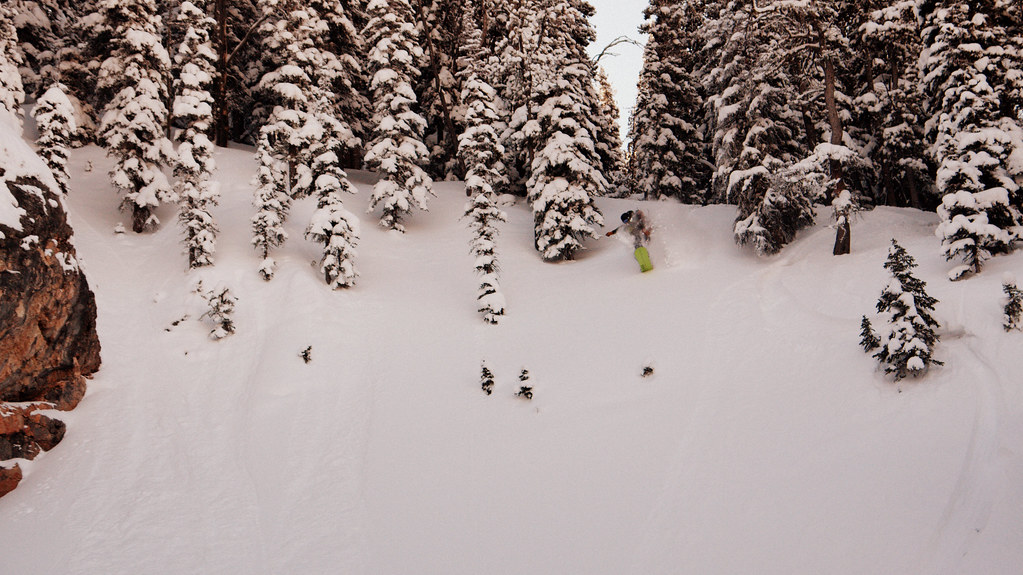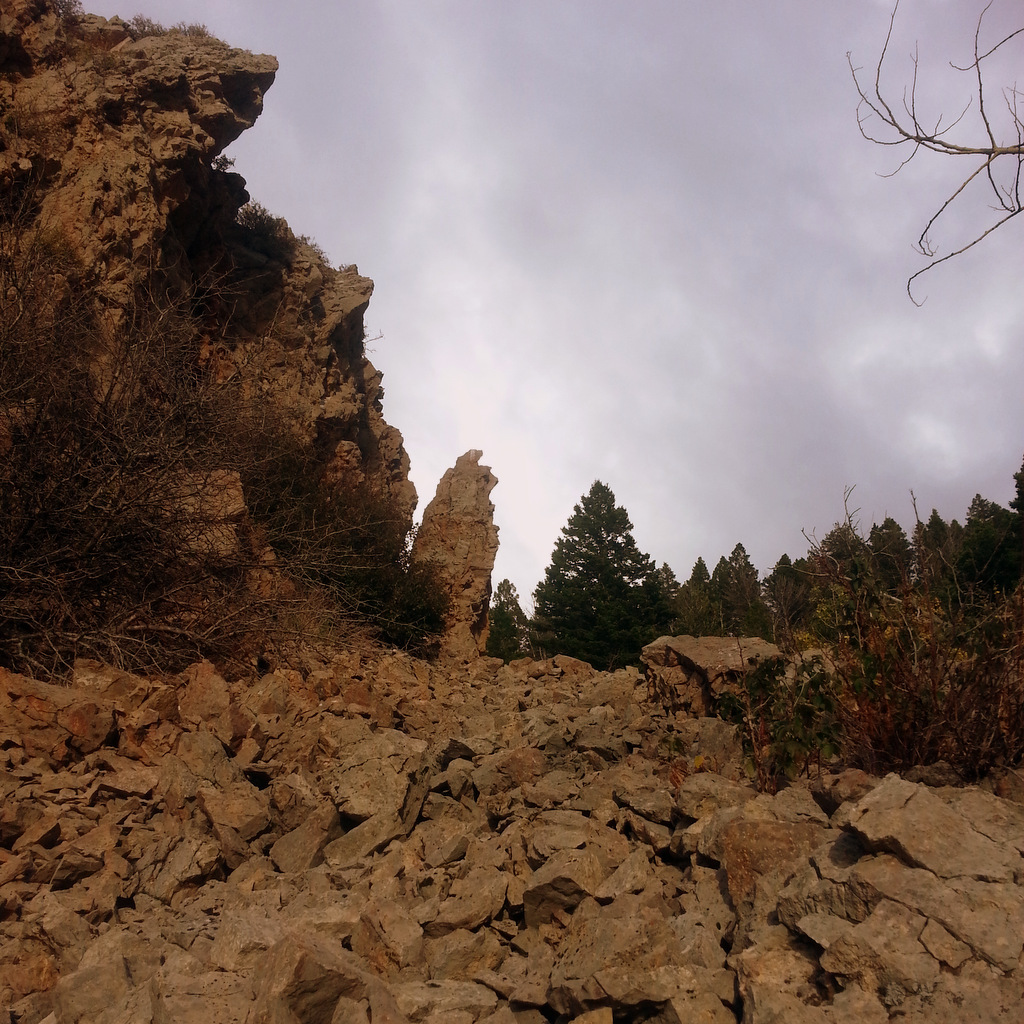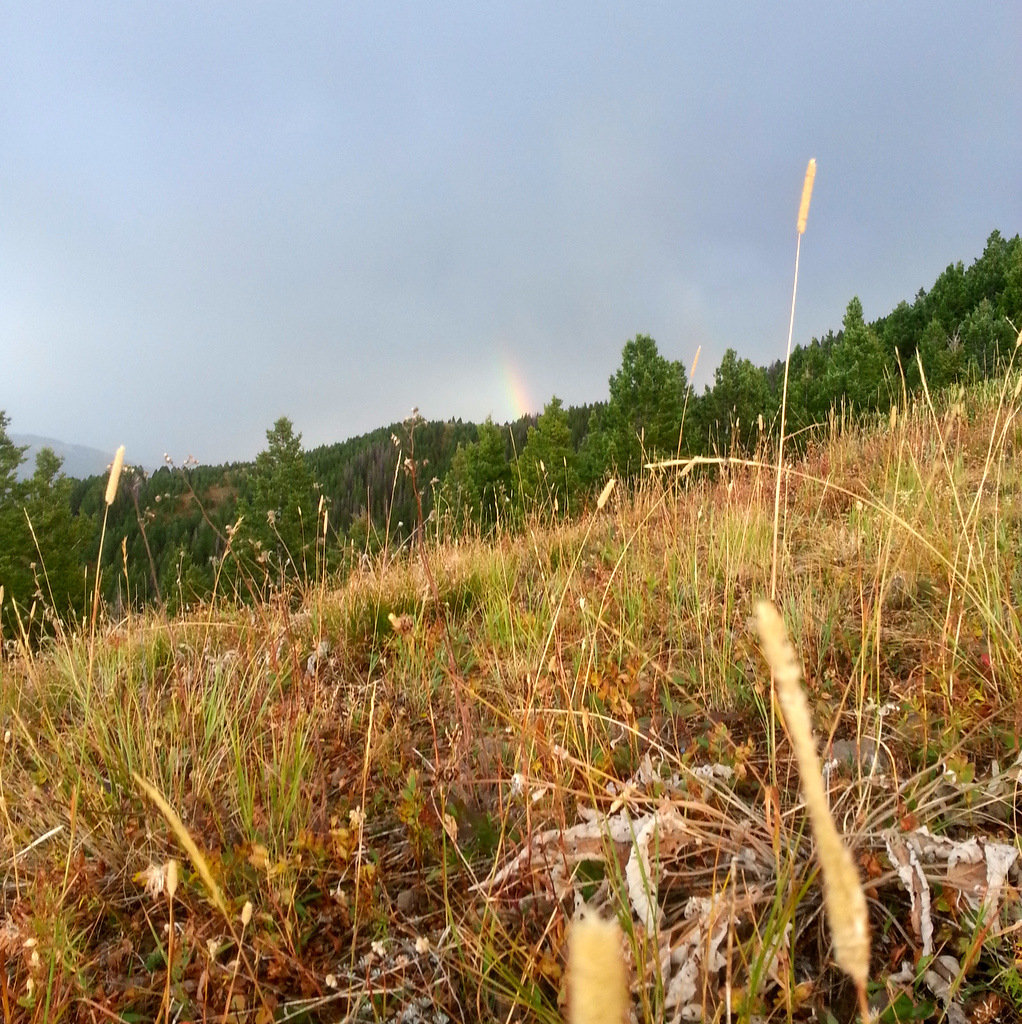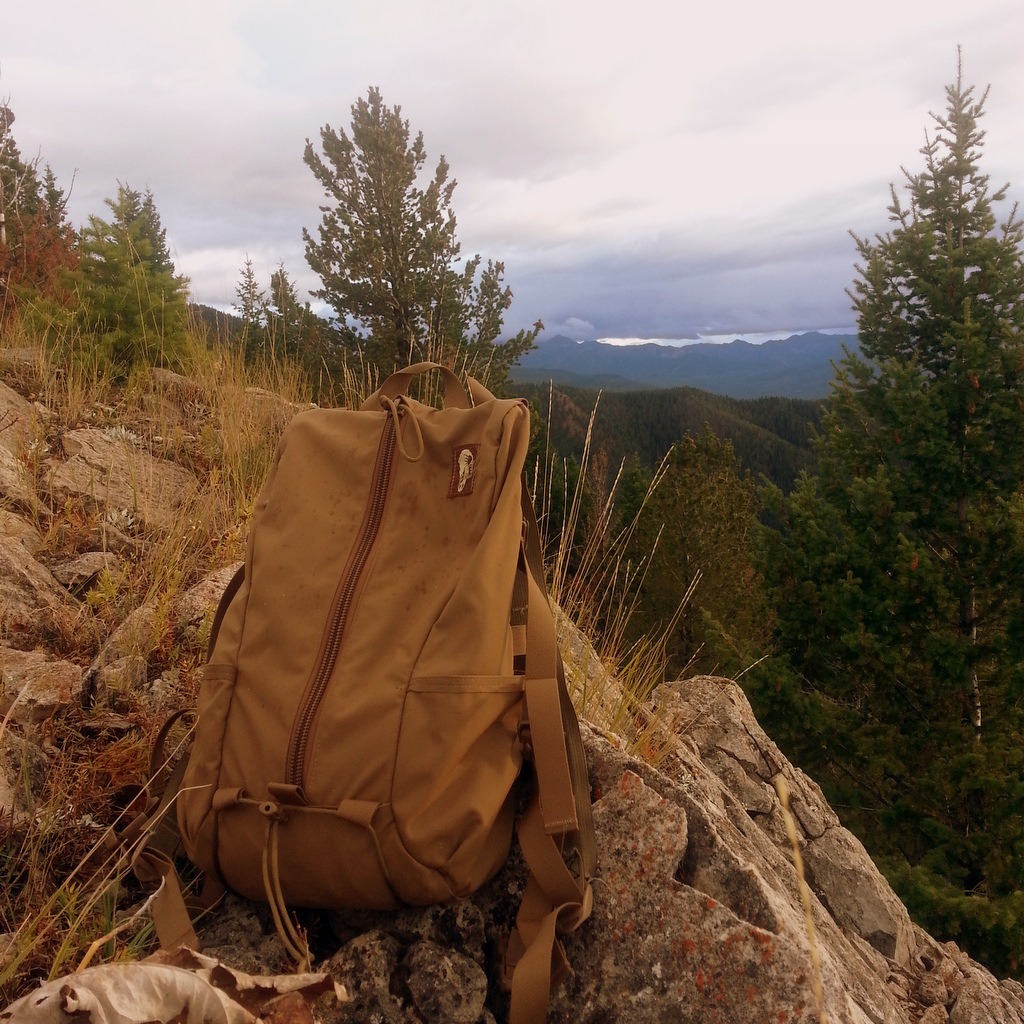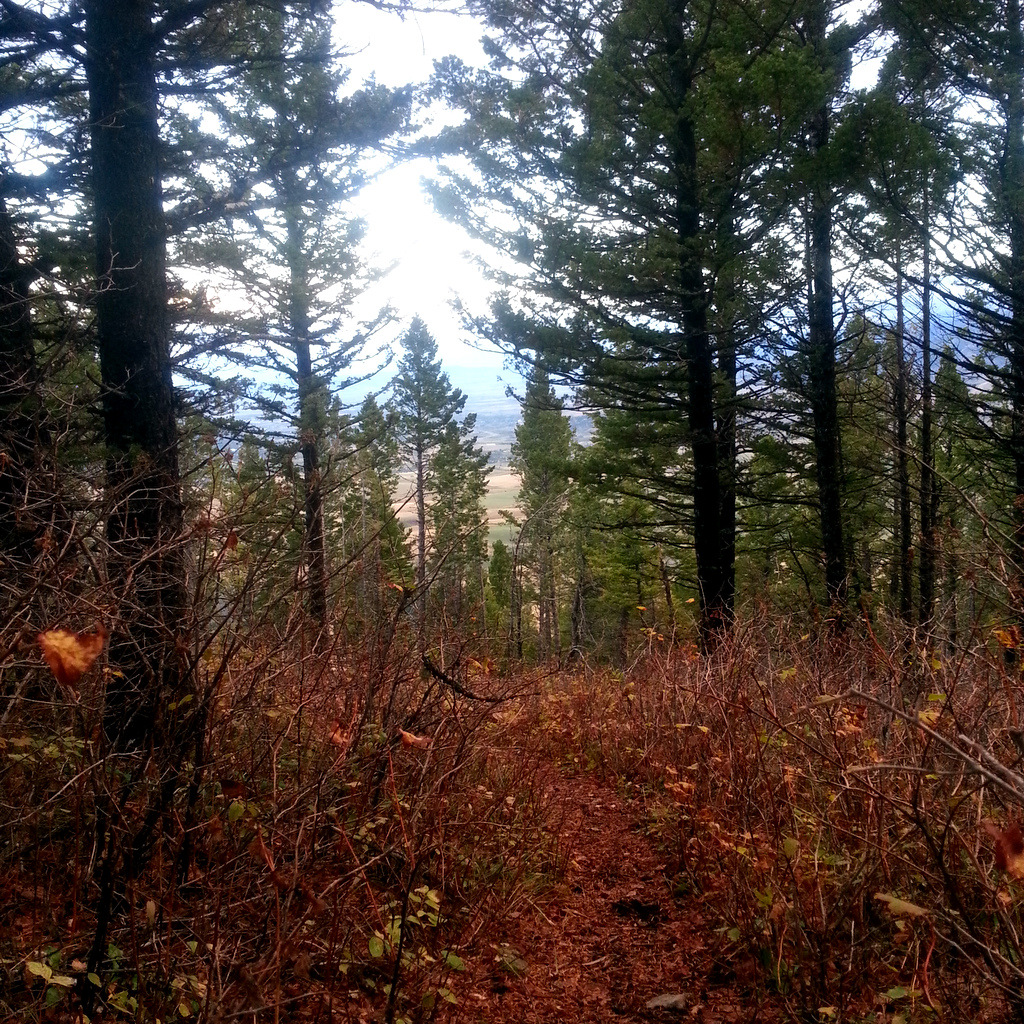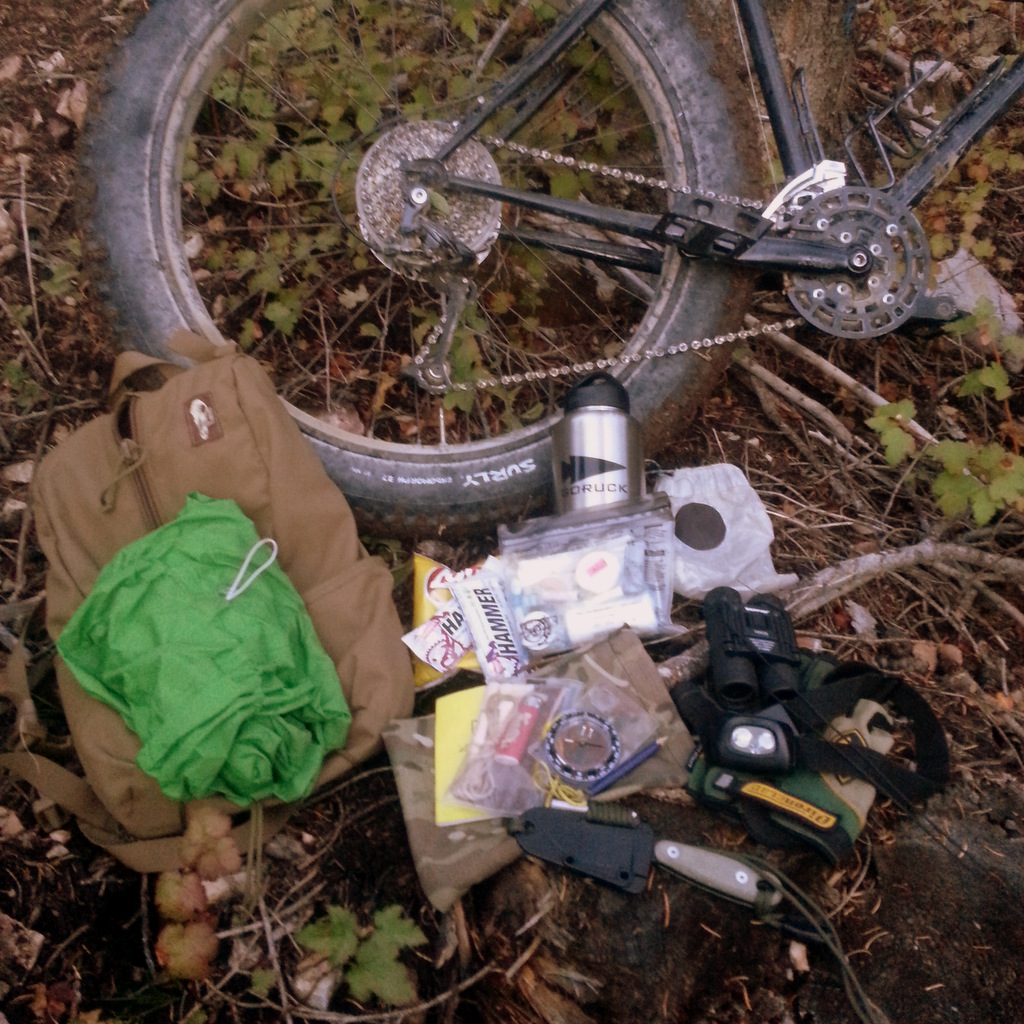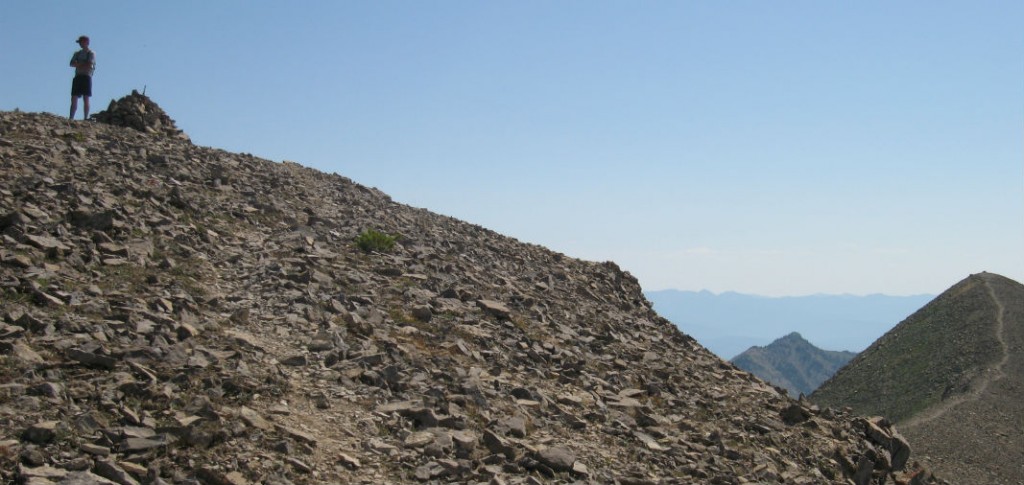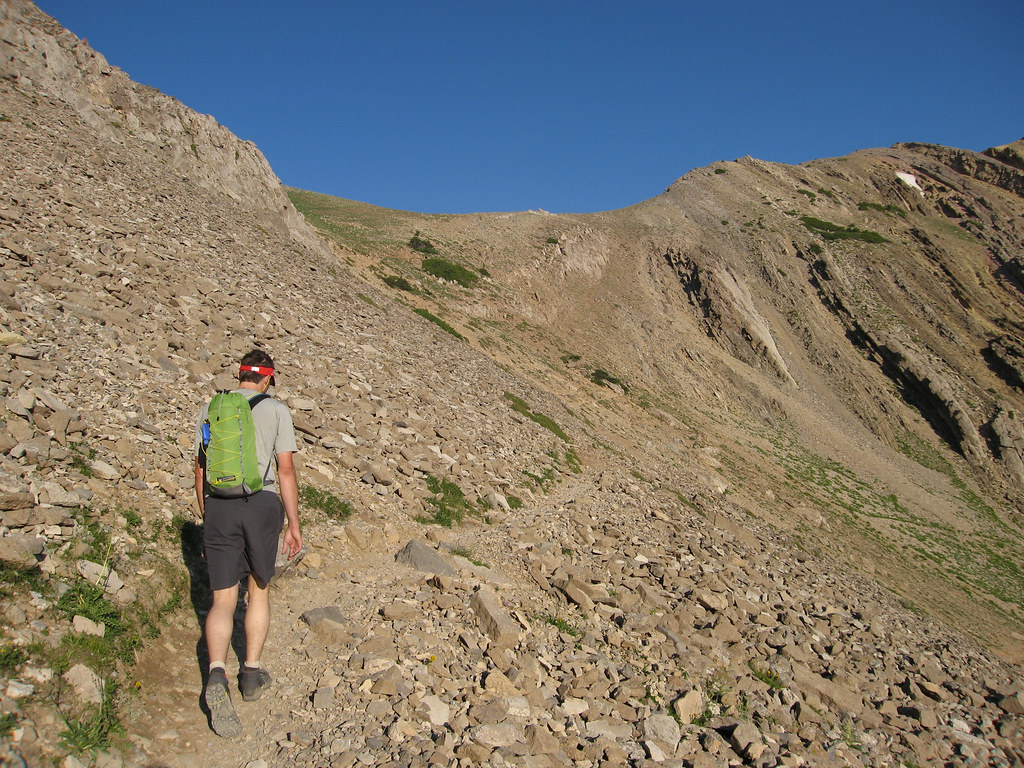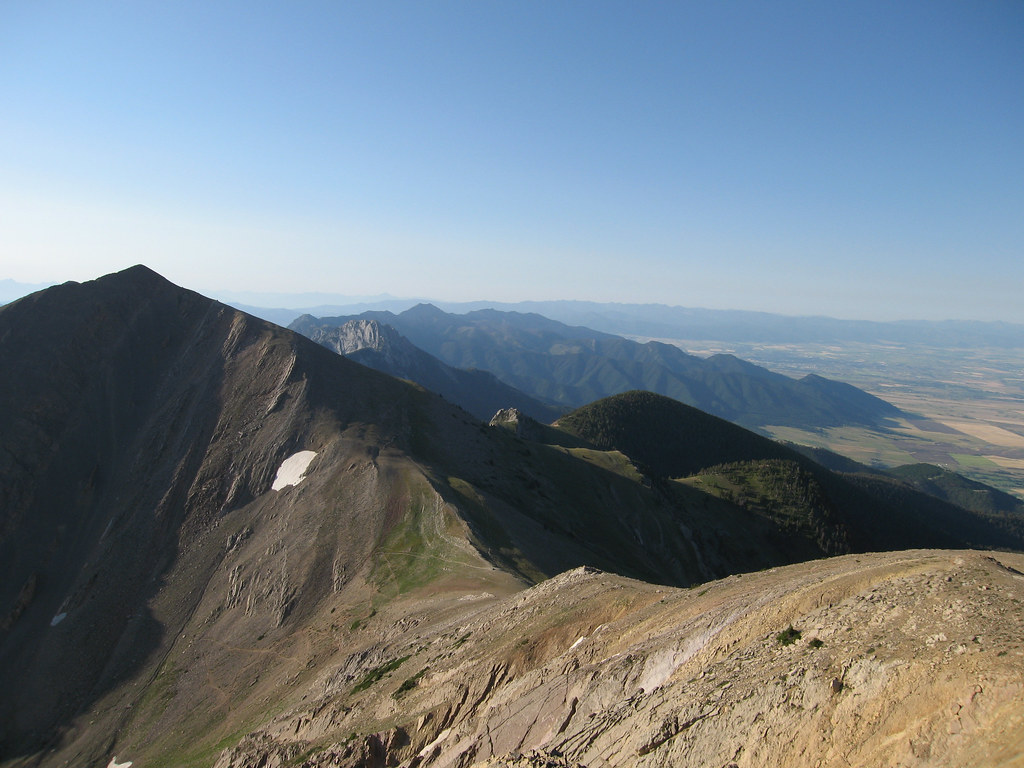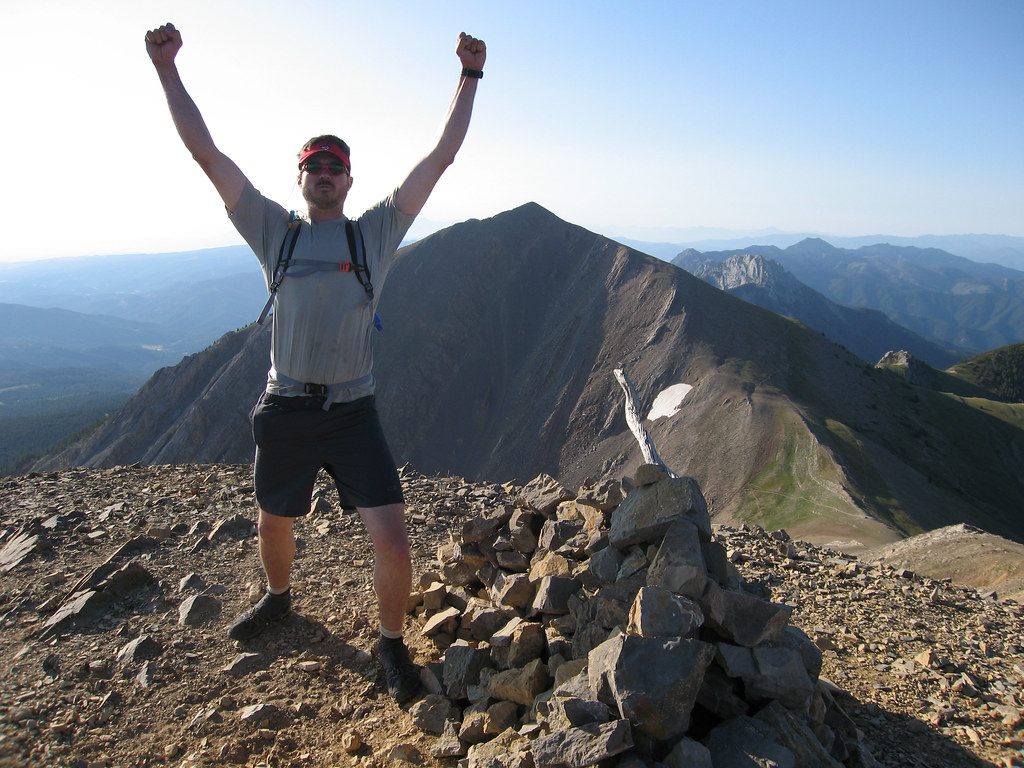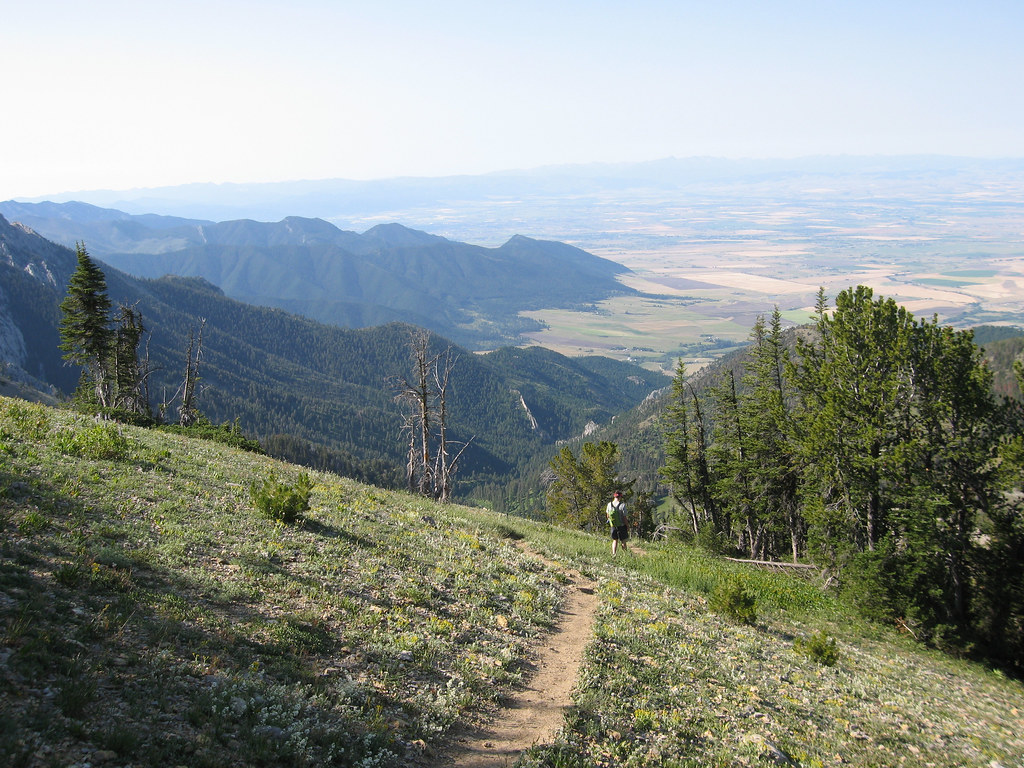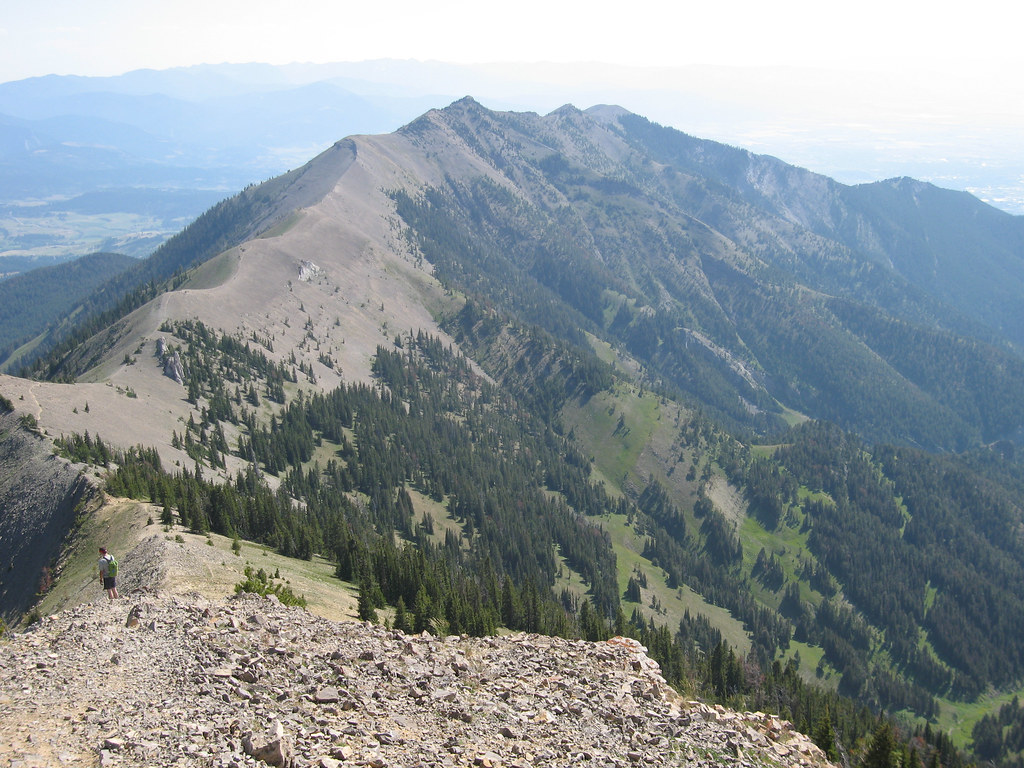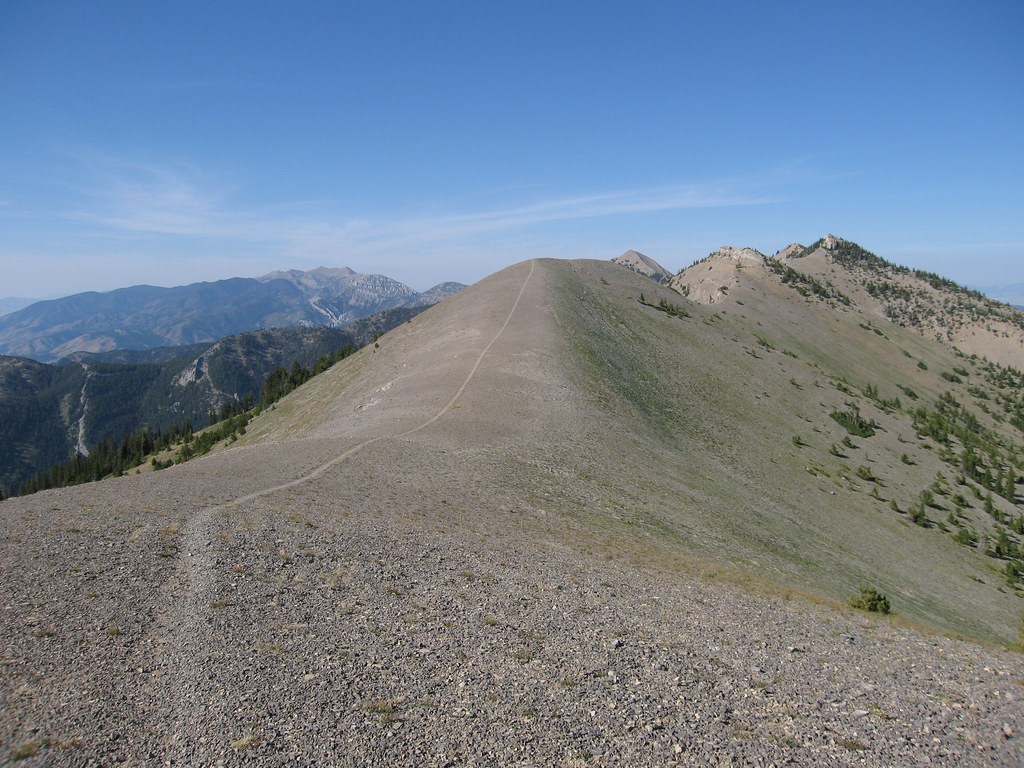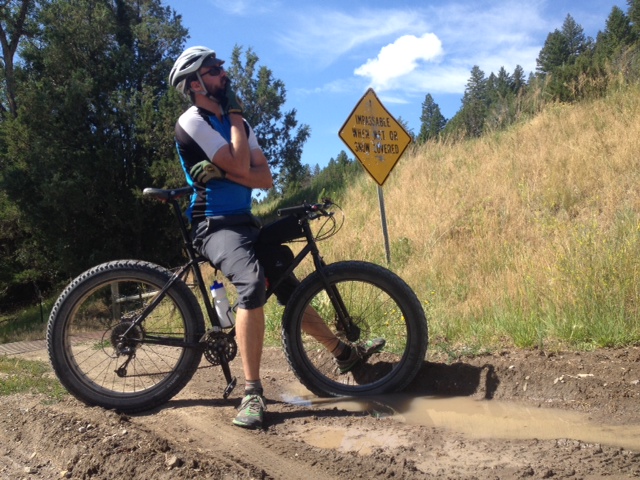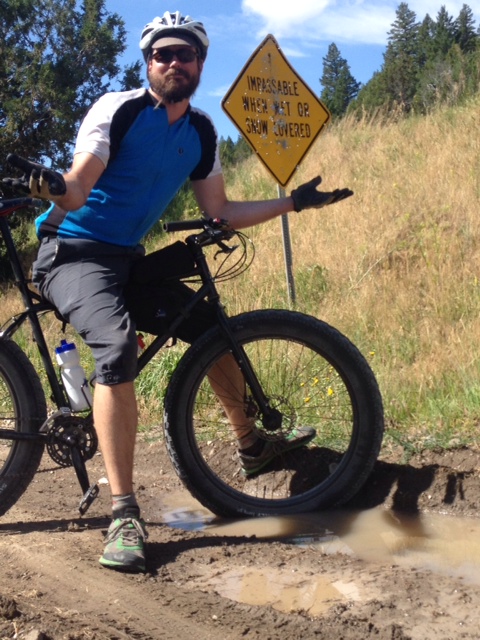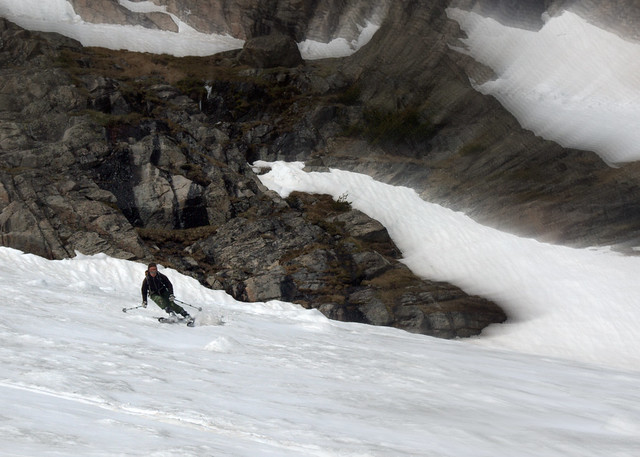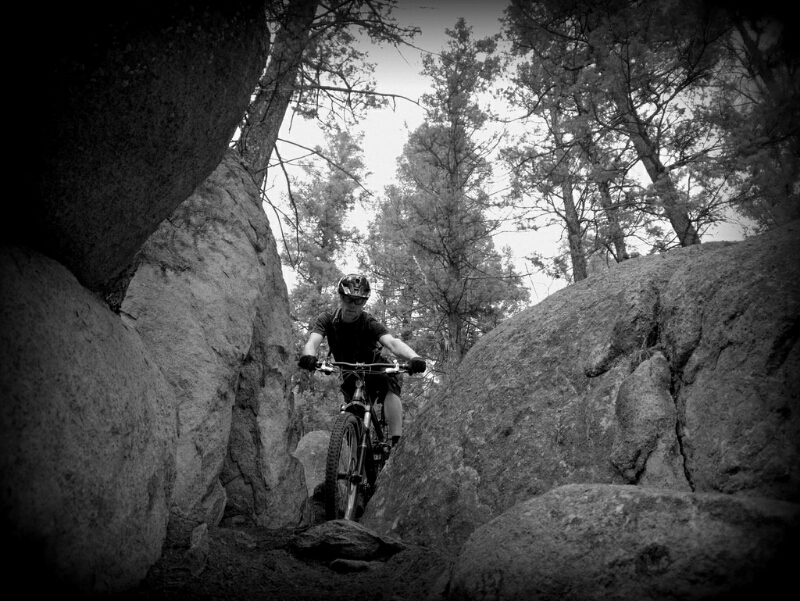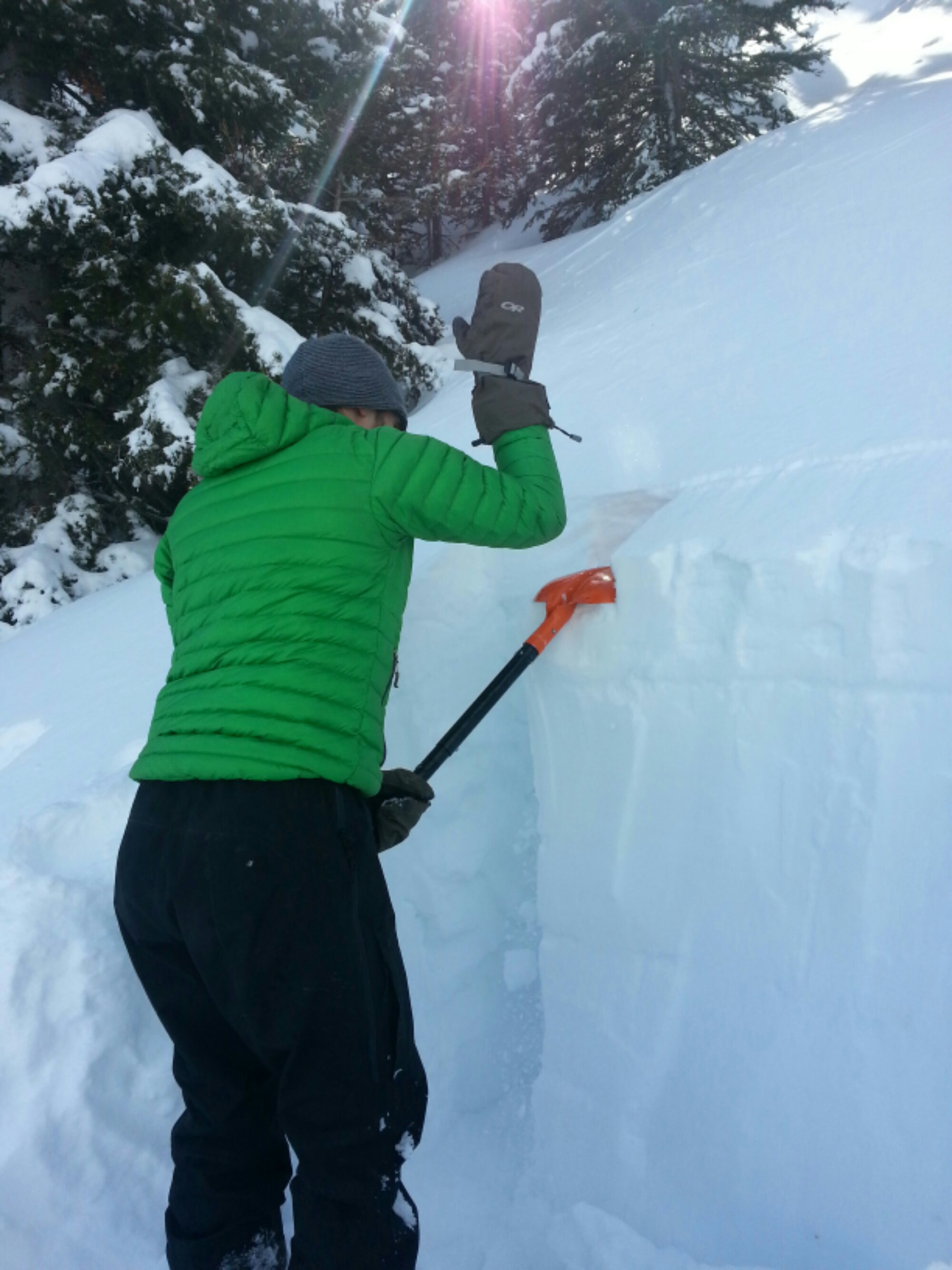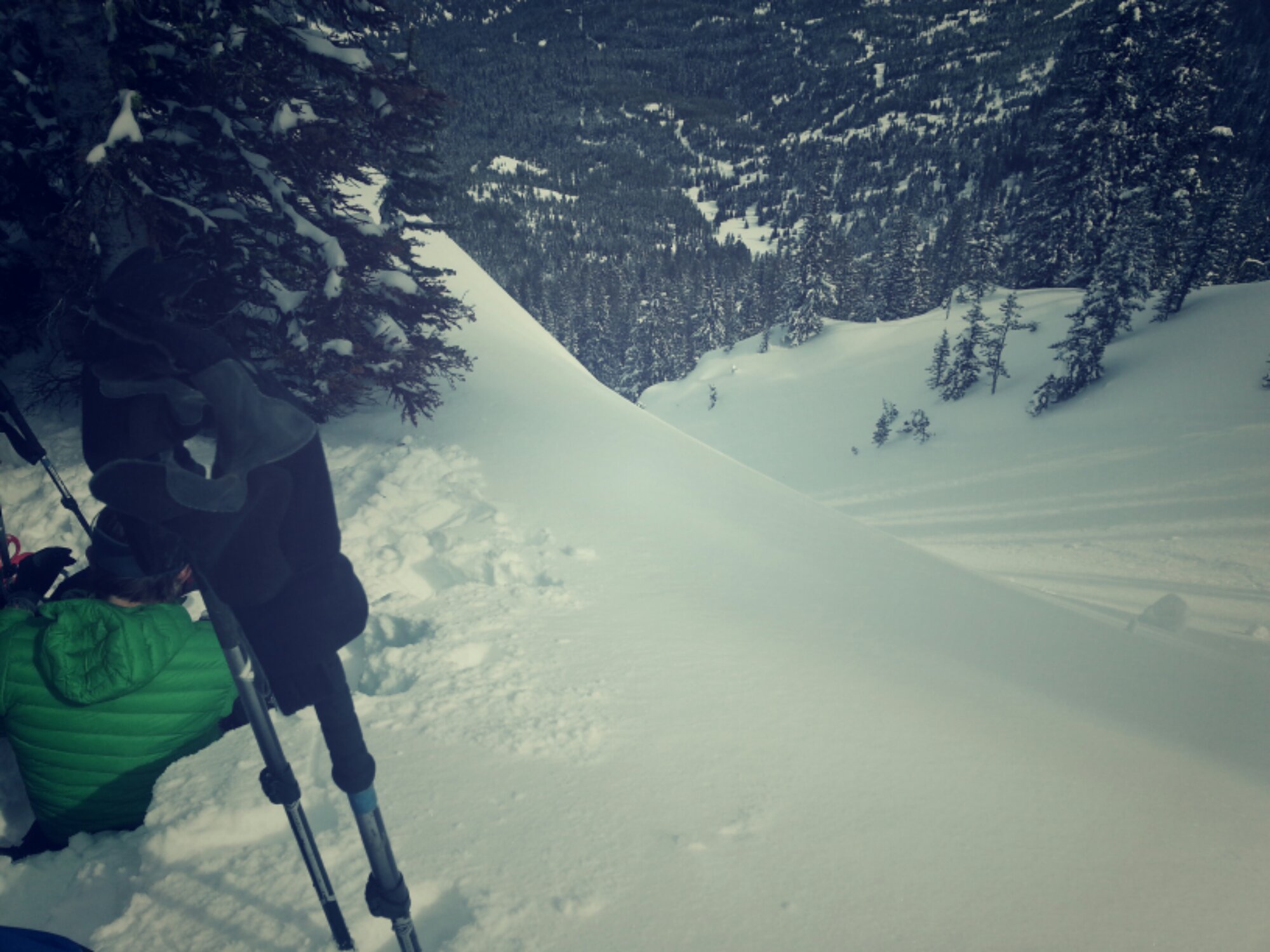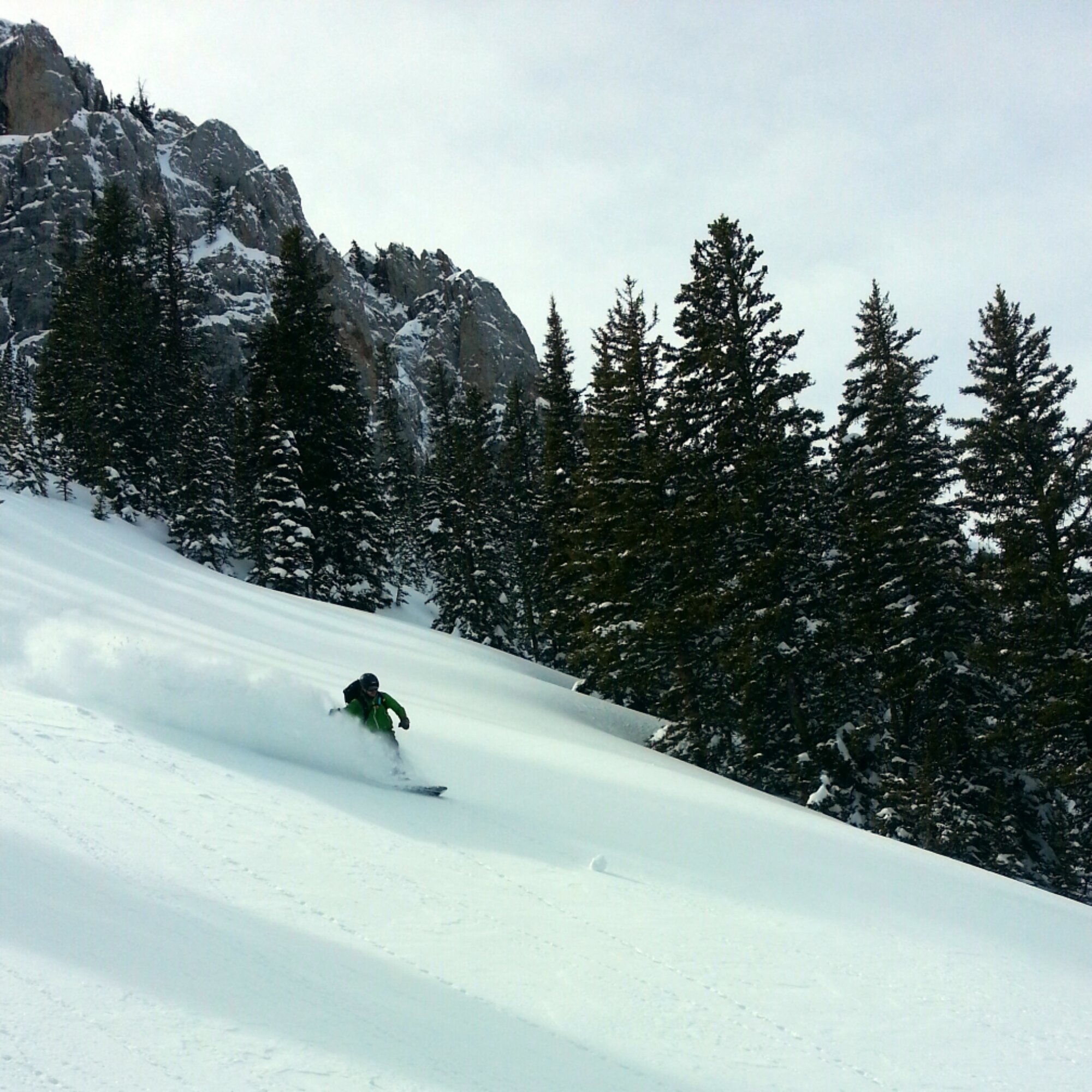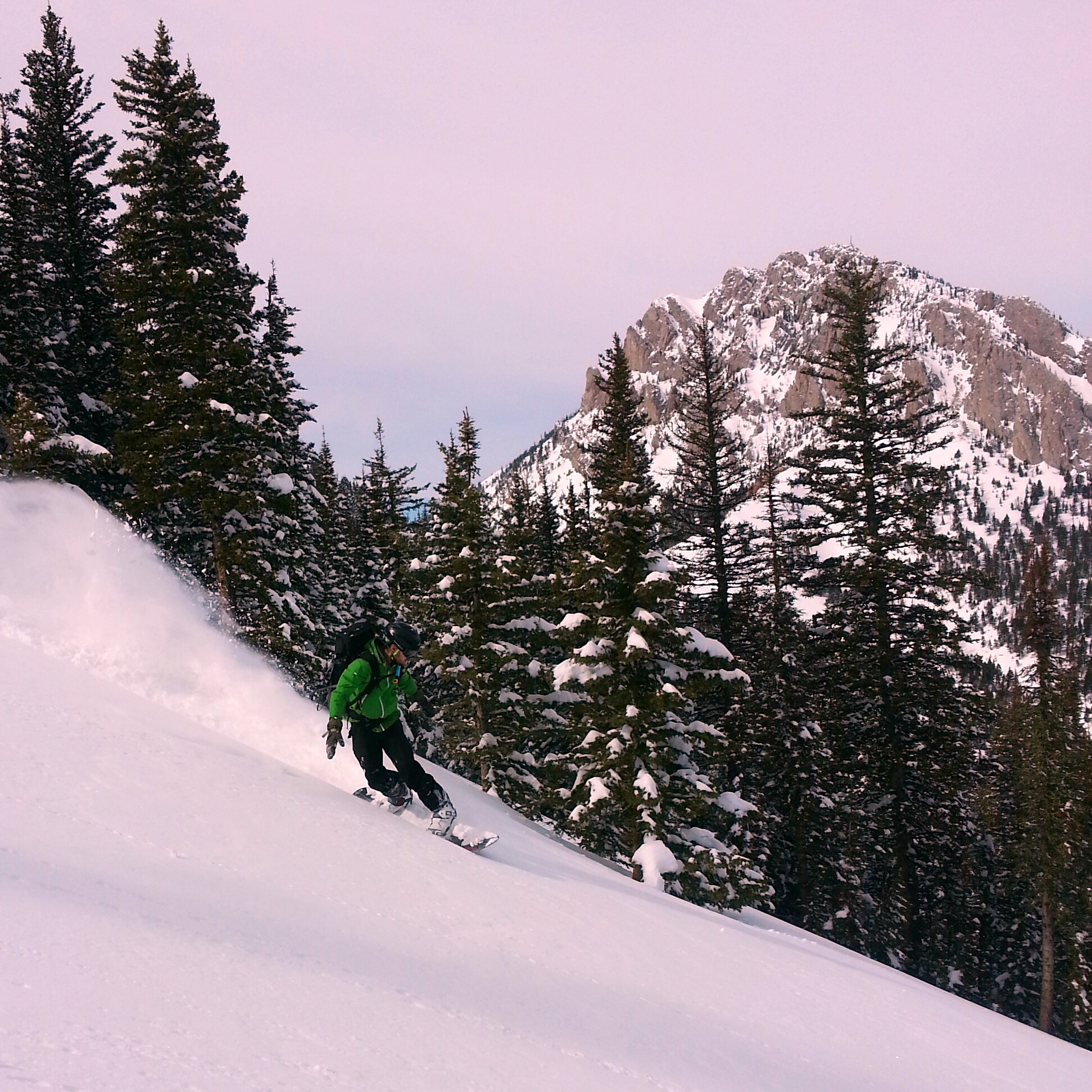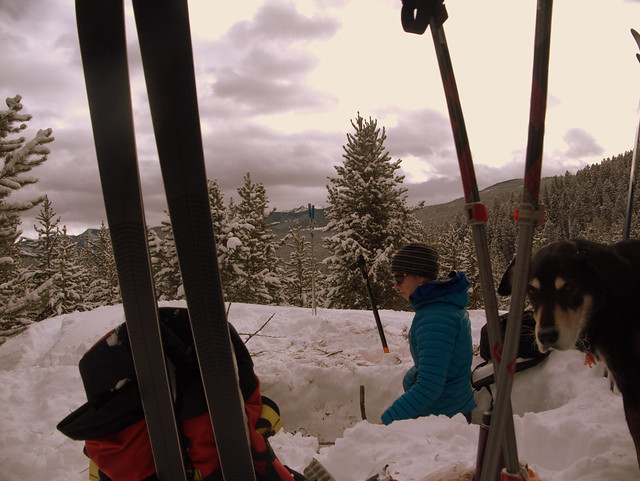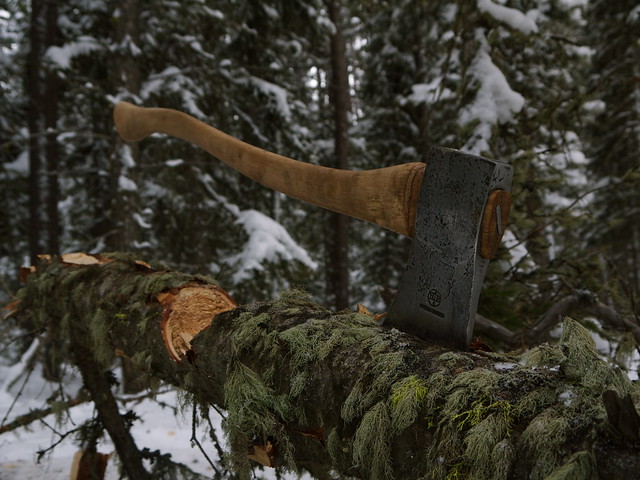My grandfather hunted deer before I was old enough to fully grasp the concept but it was not an activity that my family practiced into my childhood.  My father would take my brother and I to the sandpit to target practice with the family .22 so shooting at pop cans was about the extent of my hunting career until this fall.
My wife and I are now homeowners and in our backyard we’ve created a nice series of vegetable gardens. We participate in a community supported agriculture (CSA) program, and make a concerted effort to put healthy, local, and responsible eating choices at the forefront of our life. Â My wife is far more a green thumb than I so I felt that being able to bring locally harvested meat to our table would be a worthy addition to our food needs.

I began my research early in the year, focusing first on educating myself about hunting rifles, ammunition, and hunting-specific gear.  I opted for a .308 caliber Tikka T3 rifle mounted with a Leupold Vx-2 3-9×40 scope on Warne rings.  For the rifle I fashioned a DIY sling and set out on multiple camping trips and a visit to the local range to sight it in at 100 yards.  I purchased a few hundred rounds of high quality surplus ammo and put a few dozen rounds down range in order to become proficient in it’s use and familiarize myself to it so using it would not be strange to me when it came time to get serious.

With new gear choices complete I set out to modify my North Face MG55 backpacking pack (a staple of my GNP trail crew days when 50lb. loads were not uncommon). It has a comfortable hip belt and shoulder straps, two aluminum stays, and with only a few hours of work I was able to cut off the pack bag, add a load shelf and a series of 1″ straps and buckles to accommodate both camping gear (inside drybags) as well as upwards a large amount of animal weight (I tested the pack up to 90 lbs). Â On the front I employed a Hill People Gear Kit Bag which provides quick access to my binocular, energy bars, and other sundries.
The general rifle season isn’t until late Fall in Montana but I began spending weekends in possible hunting locations a month early trying to get a feel for where the deer live and possible spots I could get goods shots. I obviously love camping so these scouting trips were fun backpacking trips in gorgeous country that could hardly be considered work. On the side I was watching online videos teaching myself about field dressing animals, and reading up on advice from backcountry and frontcountry hunters alike.

The season opener finally arrived and I headed to a section of woods very close to my home in hopes that I would be able to harvest a truly local animal. I hiked the five miles to my selected spot after dark and upon arrival laid out my bivy, set my alarm for a pre-dawn wake-up and went to sleep. I was awake and in position 45 minutes prior to sunrise (the season officially opens 30 minutes prior to sunup). I spent the entire morning and early afternoon posted in a single location which I thought would be a good pass-through area for critters moving from one drainage to another. Unfortunately I saw only one creature that day and it was a fellow orange and camo-clad hunter. I moved down into one of the drainages late in the afternoon, found a very prominent game trail and a watering hole and posted myself up to sit for a few hours until sunset. Once again, I saw nothing. The story repeated itself the next morning as I sat at the same spot from the previous evening and then hunted my way down this trail-less valley slowly and quietly back toward my truck.

The following weekend I decided to head about 35 miles from town to another zone I had thoroughly researched through aerial photography. This location would allow me to drive my truck to within a mile of the creek and its surrounding hillside that I wished to hunt. This location allowed me to use my truck camping setup which is very comfortable but still required a couple miles walking to the zone, up the creek, and then back to the vehicle. Once again I was skunked for the whole weekend not even seeing a single animal.
I went out four weekends in a row only taking an evening or morning off here and there. Camping out most nights and trying to hunt as many of the dawn and dusk sessions as I could. Over the course of the entire season I consumed around 25 gallons of gasoline in traveling to various zones and I was beginning to feel like that kind of consumption didn’t add up to my goal for this activity to represent sustainable eating.
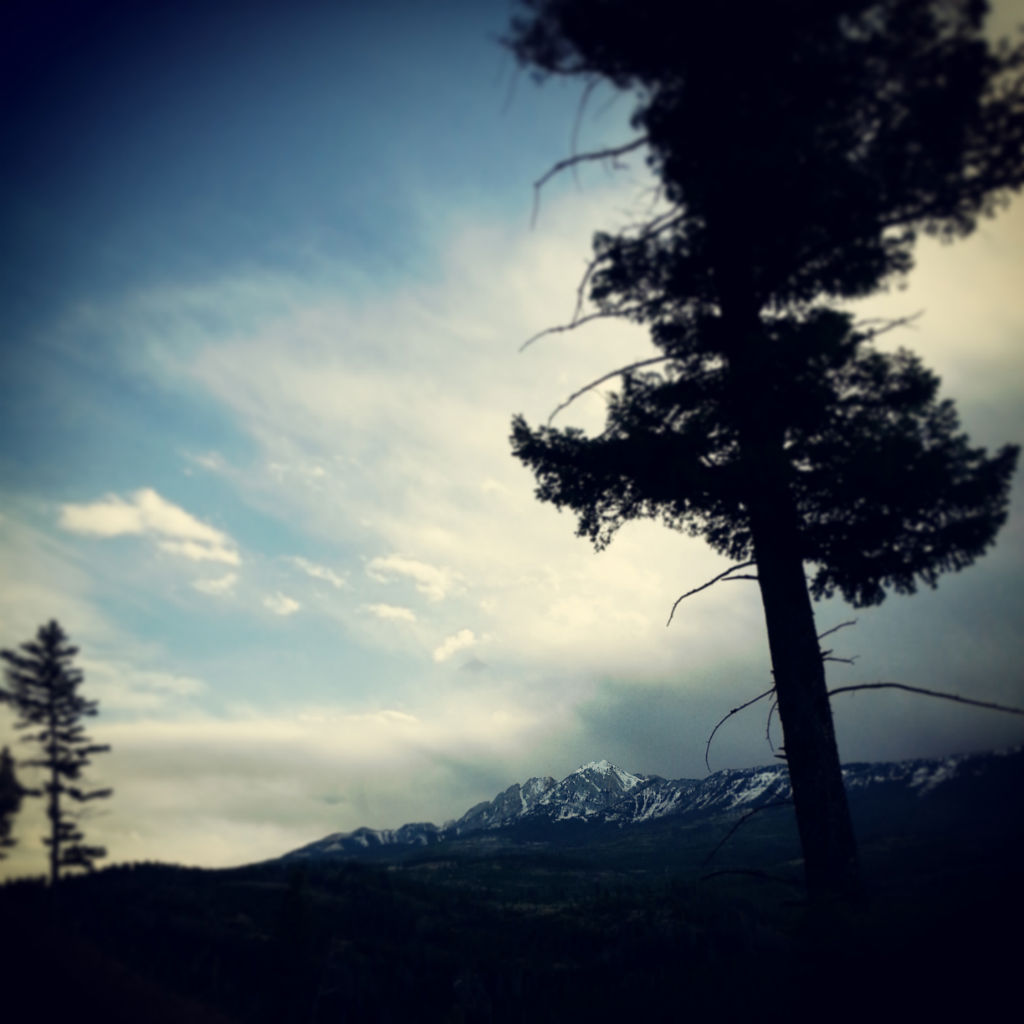
I had decided to return my focus to the zone close to my home for the remaining weekend of the season I didn’t already have scheduled with holiday commitments and begin heading there for evening and dawn sessions, returning home overnight. By this time of year sunset and sunrise are so far apart that camping requires you sit in the dark from five in the afternoon until nearly eight in the morning so I decided to my time was better spent at home.
I decided to hit the zone for a dusk session on a Friday after work. I had cut out a couple hours early and by 3:30pm I was in the woods, on my knee, rifle up to my eye with a spike whitetail buck in my sights at well under a 100 yards out. He was small-ish and although this was the first legal buck I’d seen in all my hunting so far I hesitated very shortly.  Short enough to give pause think about what it meant to kill him, but long enough for him to get behind enough trees and begin walking away from me out of sight and out of range. I spent the next 24 hours pondering this decision and whether I had made the right choice.

It began to snow on my hike out of the woods that evening and I wondered whether my season would end that week without a critter in our freezer. I came back at dawn the following morning and posted myself in a position where I expected the little guy I had seen the night before would come back up and out of the lowlands. Sure enough, about 15 minutes after sun-up he appeared 300 yards across the logging clear cut I was stationed at. He was outside the distance I was comfortable successfully targeting and shooting so I just watched him follow a game trail up and over a ridge and then I set out to stalk him just for the thrill of it – not really expecting to find him.
“Because I choose to eat meat, I assume responsibility for acquiring it, rather than entrusting it to proxy executioners, processors, packagers, and distributors.” – Steven Rinella
I had followed his trail for a ways before losing it and then followed some new game trails I’d not seen before – not one to miss out on an opportunity for a new place to explore. I slowly hunted my way down these trails, back along the logging roads and then the final trail to my truck. The weekend was over and the following weekend was Thanksgiving. With friends from out of town arriving Wednesday night my days off from work were over and I braced myself that my first hunting season was about to close and I without a successful harvest.

I simply couldn’t give up just yet and I phoned my boss on Monday night requesting if he’d mind if I came in a few hours late on Tuesday. He agreed and I hit what I’d decided was the sweet spot to intersect one last time with the Whitetail Spike I’d now seen twice. I took what I’d learned in seeing him the first two times and posted myself up at sunrise in a clearing that I hoped was his exact route of travel for that morning.
At 8:15am I was glassing a clearcut when out of the corner of my eye I spotted movement. I quietly backed off the rifle safety, reminded myself to slow my breathing, brought the weapon and scope to my eye and began to follow him in my sights keeping target on the zone just behind his left shoulder. I was sitting atop a small knoll and he walked into the draw below me, out of sight for a few minutes. I worried he would walk up the hill toward me – scare, and run off. Instead, thankfully, he took to the opposite bank. The wind was in my favor and I sat still – scope affixed at the correct level – but he was facing away from me and not broadside – no good for a successful shot. He next turned to his left but at the same time put his shoulders behind a tree while he nibbled at brush. My heart was pounding but I was practicing a controlled breath and the scope was not shaking. I knew the time was imminent, that I would kill this animal and that he would provide my family a bounty for the coming year.
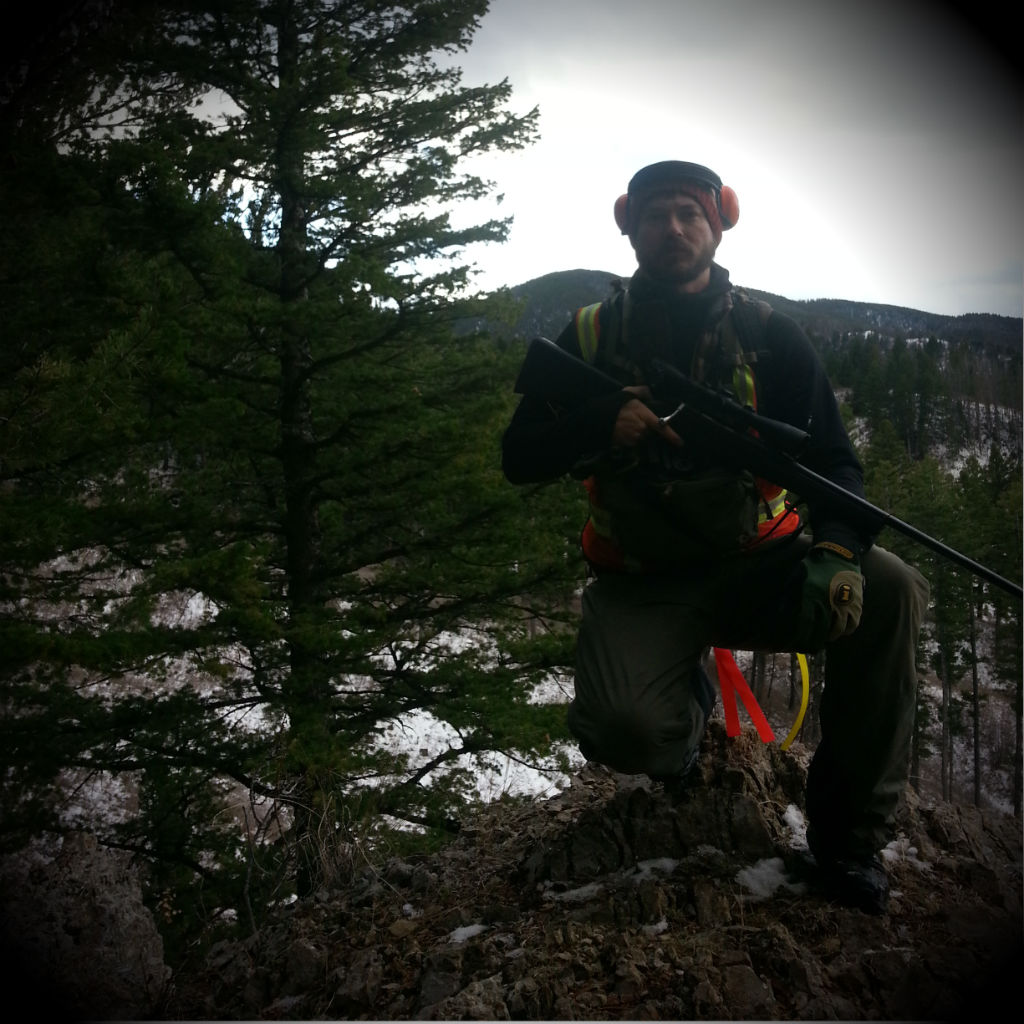
He took one step forward, exposing his sides from behind the tree and I did not hesitate. I waited only an instant for my brain to register that where my scope was aimed on his body was in fact the kill zone and I gently squeezed the trigger. His reaction was instantaneous as the bullet connected with him. He spun 180 degrees and bolted very quickly. I chambered another round just in case as I carefully watched where he went until I could no longer see his tail as it disappeared over a slight rise into some trees. Gathering my pack I put the rifle back on safe and proceeded to the point where the bullet had connected with him to begin tracking.  I fretfully hoped I had fired a killing shot that would end his life quickly and with little pain.
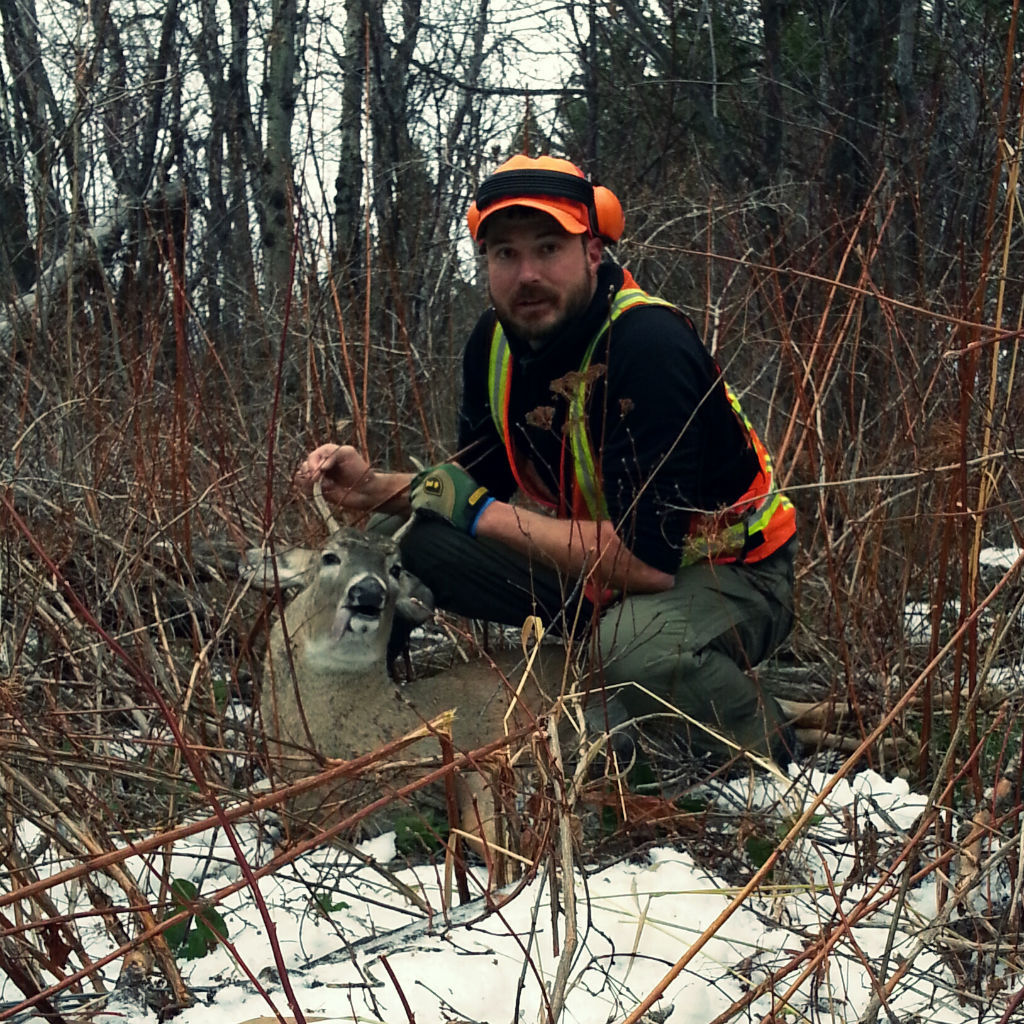
His tracks were easy to spot where he had been standing a few minutes previous. I followed them only a short distance and then began to spot blood. Following these spots and his tracks for only ten or 15 minutes I came upon him in a shrubby area about 200 meters from where I’d shot him.
I stood looking at him for a minute, in awe of the awesome power behind taking a life. But at the same time, I stood without guilt. I had thought over this subject for many months, what it means to kill and that as a meat eater it is not only a perfectly acceptable thing to do but also one of the few ways to be able to do so in good conscience.
To hunt and butcher an animal is to recognize that meat is not some abstract form of protein that springs into existence tightly wrapped in cellophane and styrofoam. – Lily Raff McCaulou
I laid my hand on his chest, thanked him for what he had done for me, his hide still warm under my un-gloved palm. A slight rain has started to fall and it shook me from my awe and I put on my game face. I gathered my equipment, reviewed in my head the steps I would now need to perform the gutless method on my harvest and set to work.
It took me significantly longer than I expected for the overall process. I had fired my rifle at approximately 8:15am, had him on the ground and tracked by 8:30, but did not have my game bags full and my bounty loaded onto my backpack until 11:45am. I began the two mile hike out of the woods. My best estimation is that the meat, bones, head, plus my gear, pack, and rifle weighed between 60 and 70 lbs.  The going was slow on the icy and snowy ground and the two miles took me around a hour to cover.

The hunt complete there was still much work to be done. I packed the meat bags into my fridge at home and got to my job to finish out the work day. Afterwards, I hurried home and prepared our kitchen for more work. That night, as well as the next, and then one more afternoon a few days later my wife and I, as well as a friend helped prepare and clean both steak meat and the rest of the meat we’d grind into burger. The second night after the hunt I grilled four small bacon-wrapped backstrap steaks and my wife prepared roast broccoli and baked sweet potato. It was one of the most powerful meals of my life and I savored every bite of it.

A friend of a friend has a heavy-duty 220 amp meat grinder and I reserved a slot yesterday afternoon to grind up the majority of the meat into burger. The process took just shy of two hours from arrival to having everything wrapped and taped in butcher paper. Tonight I will invite the friends who helped with the cleaning over for dinner and we will savor plates of venison tacos.
The consumable costs:
$8 conservation license
$16 deer license
$87 gasoline
The rewards:
8 lbs. steak meat
25.25 lbs. burger meat
Cost/benefit analysis:
$111.00 / 33.25 lbs. meat = $3.33/lb
